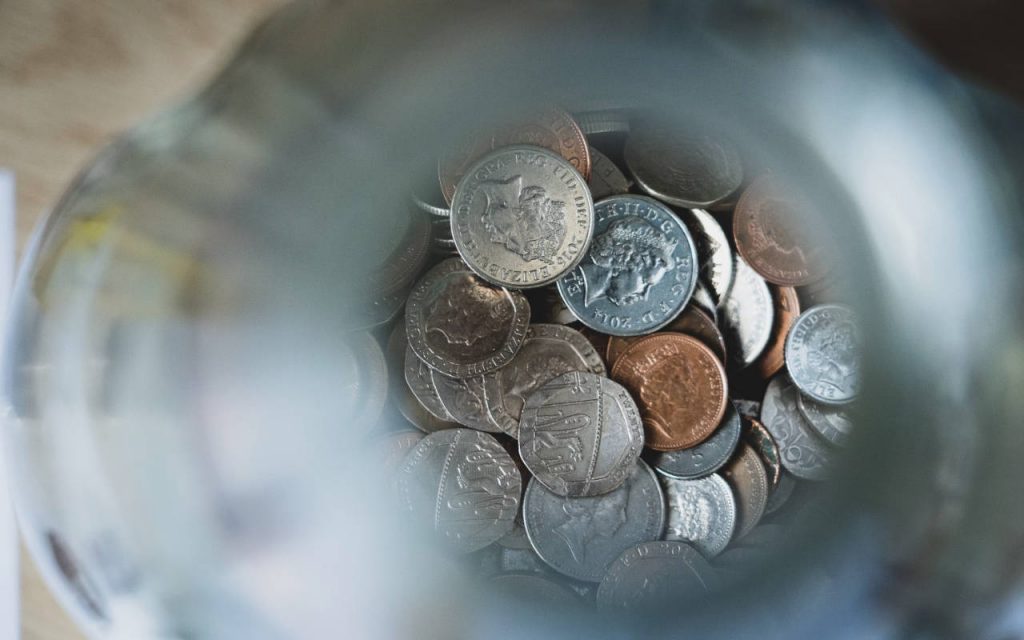It only seems like yesterday we were introducing the Plastic Packaging Tax. But it’s now been a full year since the PPT came into effect in the UK. A whole year since all that headache and worry, all that wondering of “who’s liable for what”, and formulating the perfect 30% recycled polythene blends.
So – was it `all worth it? In this post, we’ll look at the problems PPT aimed to solve and whether it succeeded. After a year in effect, has anything really changed?

It’s been a whole year – so what has PPT changed?
Early on, we wrote about the short-term impact of the Plastic Packaging Tax. The cost of living crisis had just begun to hit, and the war in Ukraine was becoming more brutal by the day. The compounding effects of Covid budgeting, war, a volatile jobs market, surging energy costs, Brexit difficulties and shrinking household incomes made any impact from PPT look like a drop in the ocean. But the impact was certainly felt in households and businesses.
Prices went up
Packaging for food has to be made of virgin material to avoid contamination. Food grade recycled materials are available, but increased demand due to the Plastic Packaging Tax caused prices to skyrocket. This caused food prices to rise, and industry sources estimated the cost of PPT to UK consumers to be as high as £300m a year.
Productivity suffered
Despite lots of information and guidance about the Plastic Packaging Tax, it was incredibly unclear who was responsible for what. Plastic coat hangers caused contention, after being included as a taxable item while not strictly counting as “packaging”.
Simply working out the process of accounting for PPT was an administrative nightmare – and businesses who import or manufacture 10 tonnes of plastic packaging or more in the tax year had to register. It was a trying time for businesses already wrestling with a strained labour market and rising energy costs.
HMRC estimated that some 20,000 UK businesses would be affected by the Plastic Packaging Tax, and that it would generate £235 million in revenue. But due to the administrative difficulties of implementing the tax, only 992 firms had registered to pay the levy by late 2022.
So, does the PPT meet objectives, or has it just been a cynical cash raising effort?
Has the Plastic Packaging Tax failed already?
Putting a tax on plastic packaging was supposed to encourage the use of recycled material, and raise the value of used virgin plastics – to stimulate a circular(ish) plastics economy.
And that’s a noble cause – but it’s deeply flawed. We can’t package everything in recycled material, like food or medical products. And we can’t recycle all plastics, like medical waste bags or construction membranes.
The Plastic Packaging Tax is not a solution. It’s a buffer, a time-buyer, a deterrent, a bureaucratic nightmare – but it’s not a solution. It has passed the cost of manufacturing down to consumers, most of whom are oblivious to it, and just see prices going up. At the very best it will reduce virgin material being used in logistics and the packaging of non-sensitive products. But this makes up a comparatively low proportion of all plastic packaging, at around 25% of total use.
The remaining 75% of plastic packaging is used by the food and beverage industry – the stuff we need to live. Granted, we don’t need all those single use takeaway trays, cups and straws, but we do need foods to cook and consume on a daily basis. And without plastic packaging, food production and transportation stops. It’s really that simple.
Read more – what would happen if plastic packaging was banned?
The government knows this, and they know it can’t realistically improve the uptake of recycled content beyond a maximum 25% in an ideal world. And if we’ve learned anything over the last few years, it’s that the world is far from ideal!
So, has the PPT failed? Well, there’s no hard evidence for this yet. Tax returns won’t be visible until next year, when we’ll get our first look at national statistics. It’ll take the following year’s returns to see if any change has been made. By that time, there could be a new government – meaning the hard questions will fall by the wayside.
In our view, it’s not going to change a single thing for the better. It’ll likely add to the real issues – like climate change – as companies seek alternatives to plastic packaging products to avoid PPT.
Read more – Plastic Is A Scapegoat For The Climate Crisis – But The Two Are Linked
It will continue to make things more expensive, more complex, and won’t improve recycling one bit as long as the UK’s recycling infrastructure remains the way it is – that is to say, way behind the times.
And recycling is in itself not a solution. Yes, it’s important – but long-term, plastic pollution will be solved with multiple approaches, not one single (and currently unreliable) method.
It remains to be seen if PPT has changed anything, and we’ll be sure to check back next year for the facts and figures. But we’ll go out on a limb, and wager that it won’t move the needle where it matters.
Pay less tax on packaging
At NPF Packaging, we create custom polythene packaging solutions. With bespoke polymer blends and recycled content, we can help you reduce your plastic packaging tax payments.
Get a quote now, or call us on 01773 820415.


